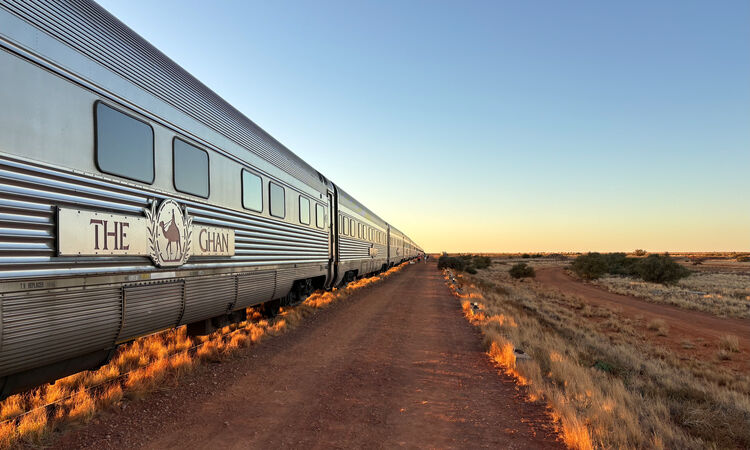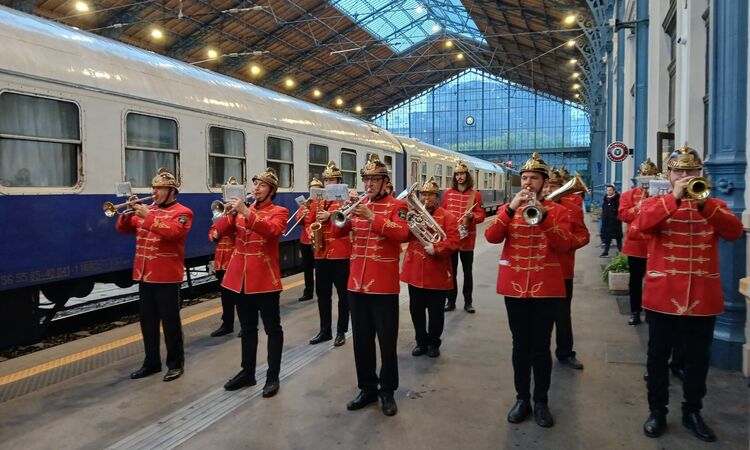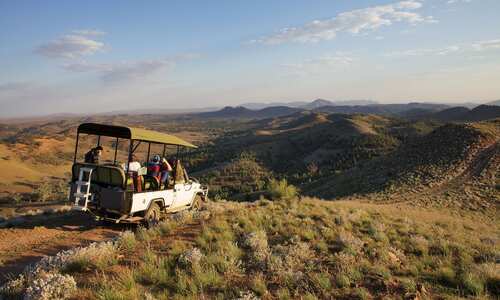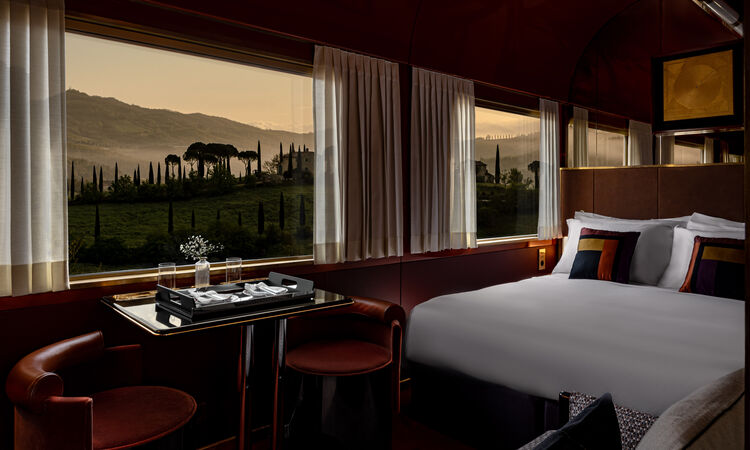Introduction
A series of special travel features by Wexas editors and destination specialists that focus on a wide variety of travel experiences, themes and things to inspire your trips all around the world.
If you're inspired by something you read, follow the links to the country or experience page elsewhere on the site to see details of possible trips and itineraries all around the world.
List of articles

In 2020 Marrakech takes on the mantle of being the first ever African City of Culture. The city offers an almost bewildering choice of accommodation options from sprawling ultra-modern resorts to historic villas – so how do you choose where to stay?

Senior Content Specialist Joel Rabinowitz reports back from a festive weekend break in Luxembourg, including a night in the capital city and a luxury castle retreat at Château d'Urspelt in the country's rural Éislek region.

Wexas commercial director Dave Warne journeys through Australia’s Red Centre aboard The Ghan Expedition, exploring the best of the Outback with unforgettable adventures and stunning landscapes.

Join Alison on a luxury rail adventure aboard the Golden Eagle Danube Express, from Istanbul’s vibrant streets to the castles of Transylvania and Budapest’s grandeur.


